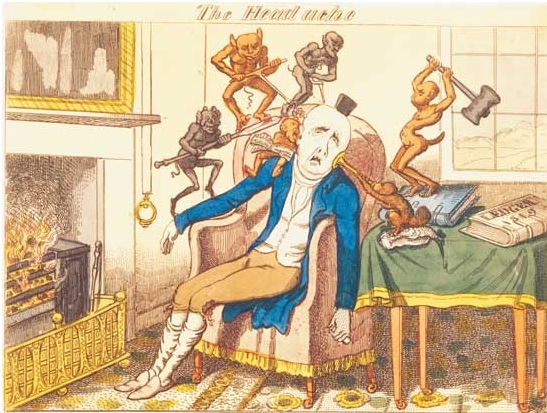Vell Frágil / Identify risk factors
Abstract
Objective. To describe whether older people diagnosed with frailty have undergone preventive interventions for the factors identified in the nursing consultation of the Primary Care Center of Raval Nord.
Matter and method. A simple random sample of all older people with record of frailty diagnosis that attended nursing visits during the period February 2008 to February 2009 was made. A data base of the different analyzed variables was created and the data was run through the computer program Statistical Package for the Social Sciences, (SPSS).
Results. The total number of persons with frailty diagnosis was 469. It was noted that 15.7% of the mentioned population had begun to participate in the Home Care Program (ATDOM, initials in Spanish), and the other 395 persons continued going to nursing visits independently. 79 cases,20% of the total, were analyzed. It was observed that the average age was 82.52 years; that the deviation was 5.7 years; that the age range was between 63 and 94; that 67.1% were female; and that 29.6% lived alone.
In analyzing the population an assessment test was carried out. It was noted that only 25.3% carried out the Barthel test and 19% the Pfeiffer test, and that the Nursing Cure Plan had been made to 43% of the population. In analyzing whether a carer or a person of reference was registered in the record, it was found that in 29.1% of the cases one of these people were on the register. In relation to social assistance, it was noted that 7.6% had at home tele-alarm, and that only 6.3% had gone to social services.
In analyzing the frequency with which the population went to the health center or the reference hospital, a high frequent use was detected. In the Center AP, 54.5% made over 12 visits in the consultation, and 37.7% had gone to the emergency services. In relation to the hospital emergency department, it was observed that 39.2% had been treated, and 22.8% admitted to hospital.
It was also noted that computerized history through the Ecap system is not sensitive to qualitative variables, noting that can cause loss of information from the nursing activity
Conclusions. It is possible to note that there is a good grasp of the frailty of the people attended to but it should be more focused on capturing the causes of frailty for interventions aimed at health promotion and prevention so that the frailty is not reconverted into avoidable disabilities.
Downloads
-
Abstract304
-
PDF (Español (España))77
The works published in this magazine are subject to the following terms:
1. The Publications Service of the University of Murcia (the publisher) preserves the copyright of the published works, and encourages and allows the reuse of the works under the license for use stated in point 2.
© Servicio de Publicaciones, Universidad de Murcia, 2011 (© Publications Service, University of Murcia, 2011)
2. The works are published in the electronic edition of the journal under Creative Commons Reconocimiento-NoComercial-SinObraDerivada 3.0 España(texto legal) “ a Attribution-NonCommercial-NoDerivatives 3.0 Spain license (legal text)”. They can be copied, used, broadcasted, transmitted and publicly displayed, provided that: i) the authorship and original source of their publication (journal, publisher and URL) are cited; (ii) are not used for commercial purposes; iii) the existence and specifications of this license is mentioned.
3. Conditions of self-archiving. Authors are allowed and encouraged to electronically disseminate the pre-print (pre-reviewed ) and / or post-print (reviewed and accepted for publication) versions of their works prior to publication, as it ensures a wider circulation and dissemination which may lead to a possible increase in its mention and a higher scope among the academic community. RoMEO color: green.













